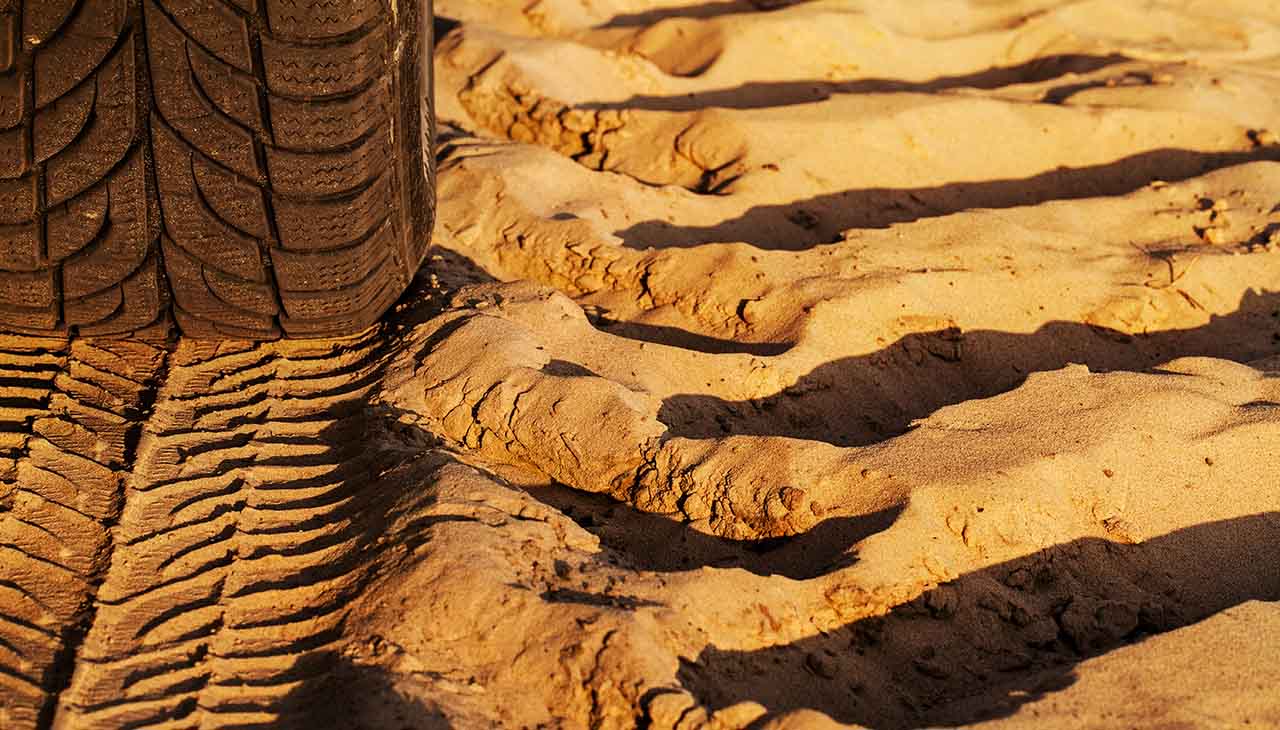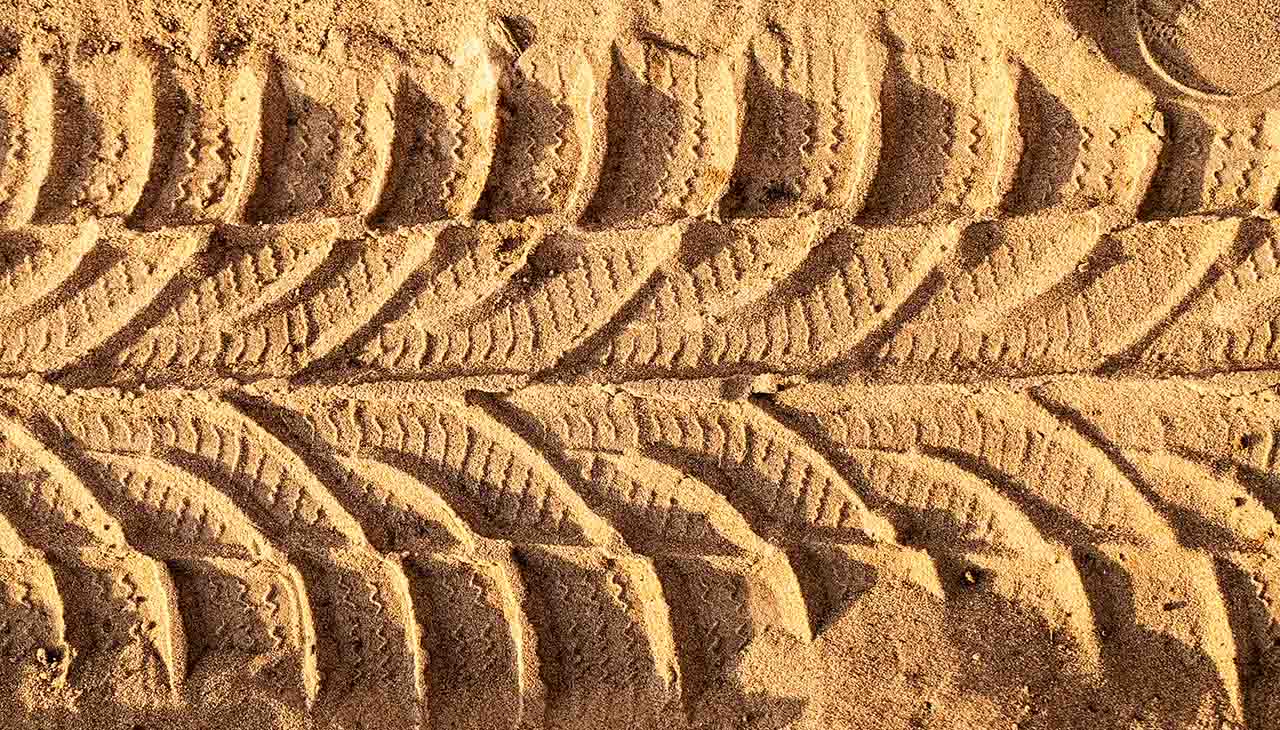Cornering on dirt tracks is an exhilarating aspect of off-road biking and racing that requires not only courage but also a refined set of skills. Mastering the art of sliding through corners can significantly improve your speed and efficiency, making each lap faster and more fluid. This document aims to explore the various techniques that riders leverage to maintain control and velocity in the most challenging segments of a dirt track. From understanding the dynamics of a bike’s response to different dirt conditions to perfecting your body position and timing, we’ll guide you through essential strategies to elevate your cornering capabilities. Whether you’re a beginner eager to learn the basics or an experienced rider looking to hone your skills, these insights will help you conquer corners with confidence and style.
Understanding Dirt Track Dynamics
Dirt tracks present a unique set of challenges that significantly influence cornering techniques, primarily due to their loose and unpredictable surface conditions. Unlike paved roads, where traction is relatively consistent, the surface of a dirt track can change dramatically from one corner to the next. Variables such as soil type, moisture content, and recent usage of the track can greatly affect the level of grip available. These conditions demand a high degree of adaptability and skill from the rider, as well as a deep understanding of how to manipulate the bike’s tires and weight distribution to maintain control while navigating through corners. The loose surface makes it easy for the rear tire to break traction, allowing for controlled slides that, when mastered, can significantly reduce lap times. However, this also increases the risk of crashes if not executed properly. Thus, mastering the art of cornering on dirt tracks requires a rider to develop a fine-tuned sense of balance, precise throttle control, and the ability to read and react to the changing dynamics of the track.
Body Positioning
When cornering on dirt tracks, optimal body positioning is key for maintaining both control and momentum. The goal is to position your body in a way that allows you to exert maximum control over the bike while efficiently navigating through the turn. Ideal positioning involves a delicate balance between agility and stability, enabling you to manage sudden changes in traction without compromising speed.
To achieve this, begin by leaning the bike into the corner while keeping your body more upright, a technique known as counterbalancing. This allows for greater traction by keeping the weight on the outside peg, helping to drive the bike’s tires into the dirt for better grip. Your outside arm should be straight, guiding the handlebars, while the inside elbow is bent and raised, allowing for quick adjustments.
Your head should be up, looking through the corner to anticipate your exit point, which is crucial for maintaining momentum. Meanwhile, your knee on the inside of the turn can be slightly out to aid in balance. However, the majority of your weight should shift towards the rear of the bike, especially during acceleration out of the corner, to prevent the front wheel from washing out and to enhance rear wheel traction.
It’s important to practice this body positioning in various sections of a track to understand how it affects your ability to carve through corners with speed and precision. Remember, the balance between control and momentum hinges on your ability to adapt your positioning based on the corner’s characteristics and the current track conditions.
Throttle Control
Throttle control is an art that separates novice riders from skilled veterans, especially when cornering on unpredictable dirt tracks. It’s not just about how much power you deliver, but when and how you apply it that determines your efficiency through a corner. Effective throttle control can enhance traction, stability, and ultimately, your exit speed from the turn.
Start by moderating the throttle as you approach the corner, reducing speed to a manageable level without fully disengaging. The key is to maintain a steady, light throttle through the apex of the turn, which helps keep the bike stable and the rear wheel tracking by preventing it from locking up or sliding out uncontrollably. As you pass the apex and begin to exit the corner, gradually increase the throttle. This needs to be a smooth transition to avoid breaking traction; think of it as feeding the power rather than snapping it on.
Practicing throttle feathering—gentle pulses of power rather than a steady state—can also help maintain traction on particularly loose or slippery surfaces by providing intermittent but controlled bursts of power to the rear wheel. This technique helps in finding grip by intermittently loading and unloading the bike’s suspension, making it useful in varied dirt conditions.
Remember, the throttle is not just an on/off switch but a tool for fine-tuning your bike’s response during critical moments of cornering. Mastery comes from understanding the delicate balance between too little and too much power, and the ability to adjust in real-time to the track’s feedback.
Countersteering and Drifting
Countersteering is a fundamental technique in dirt track riding that plays a critical role in navigating corners with speed and efficiency. It involves initially turning the handlebars in the opposite direction of the corner to initiate a lean, which then allows the rider to steer the bike into the turn. This technique is counterintuitive to many beginners, but it is essential for quick and precise cornering. Countersteering offers the rider the ability to quickly adjust the bike’s direction, making it especially useful on the unpredictable surfaces of dirt tracks where rapid changes in traction can occur.
The precise application of countersteering enables controlled drifting, a technique where the rear wheel loses traction and slides sideways through a turn. To drift effectively, a rider must combine countersteering with delicate throttle control to manage the degree of rear-wheel slip. Beginning with a slight countersteer to initiate the lean, the rider then applies throttle to break traction at the rear wheel, controlling the slide with a balance of throttle application and body positioning. This balance is crucial; too much throttle can lead to an uncontrollable slide, while too little may cause the bike to regain traction abruptly, potentially leading to a high-side crash.
Controlled drifting allows riders to navigate corners faster by reducing the turning radius and maintaining higher speeds through the apex of the turn. It also positions the bike favorably for the exit, enabling quicker acceleration out of the corner. Mastery of countersteering and controlled drifting requires practice and a deep understanding of the bike’s dynamics and the dirt track’s conditions. Through continuous refinement of these techniques, riders can significantly improve their lap times and overall performance on the track.
Bike Setup and Modification
Optimizing your bike’s setup and making strategic modifications are crucial steps to enhance cornering performance on dirt tracks. A well-tuned bike responds better to riders’ inputs, making it easier to maintain control and speed through corners.
Suspension Tuning
Suspension plays a pivotal role in how a bike handles corners. For sharper cornering, the suspension should be dialed in to ensure it’s neither too soft nor too stiff. A softer suspension setup can improve traction by keeping the tires in contact with the ground on uneven surfaces, but it can also make the bike feel unstable. Conversely, a stiffer suspension might improve stability but reduce traction by not absorbing bumps effectively. Finding the right balance is key, and it may require testing different settings to match your riding style and the track conditions.
Tire Choice and Pressure
Tires massively influence how a bike behaves in a corner. For dirt track riding, selecting the right tire tread pattern and compound can provide the grip necessary for efficient cornering. Additionally, tire pressure can be adjusted to suit track conditions; lower pressure increases the tire’s footprint for better grip, but too low can increase the risk of a tire rolling off the rim or puncturing. Experimenting with tire choices and pressures can lead to significant improvements in cornering ability.
Bike Modifications
A few modifications can also improve a bike’s cornering capabilities. Installing a steering damper can help manage the front end’s stability, particularly useful for controlling high-speed wobbles. Adjusting the bike’s weight distribution by relocating components or adjusting the rider’s seat position can also influence how a bike leans into and exits out of a corner. Additionally, upgrading components such as the brake system for more precise control, or the exhaust system for better power delivery, can indirectly enhance cornering by improving overall bike performance.
Each adjustment or modification should be carefully considered and tested extensively. What works for one rider or one track might not be suitable for another. Continuous experimentation and fine-tuning are essential for optimizing a dirt bike’s setup for cornering performance.




